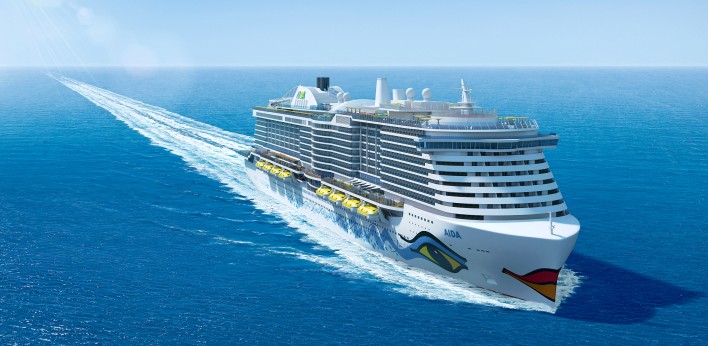The shipping industry is bracing for tough new environmental laws on fuel, which could mean the price of cruising goes up.
All ships and vessels operating anywhere in the world will need to use fuel which contain a maximum of 0.5 per cent sulphur by early 2020.
Heavy fuel oil can contain up to 3.5 per cent sulphur in areas like Australia.
Europe already has a lower ceiling at 1.5 per cent. Earlier this week, a US cruise ship captain was put on trial over pollution charges in French waters after a random check found that the ship, Azura, was burning fuel with 1.68 per cent sulphur, above 1.5 per cent limit.

The new refining process is longer and more expensive, meaning it can cost up to 50% more to produce.
No-one is sure what the cost will be, or whether lines will choose to try and absorb them.
The rising cost of oil in 2008 saw cruise lines passing along some of their costs to customers by increasing their fuel supplement up to $130 per cruise.
Cruise lines have done a lot of work recently to ensure they are embracing the new mood among passengers for a cleaner, greener industry. They have banned many plastics, introduced funnel scrubbers and are helping communities living near popular shore excursion areas.
Cruise Lines International Association senior vice president of maritime policy, Brian Salerno, told ship-technology web site: “Obviously there will be a far greater demand after 2020 so nobody really quite knows where the price point will be.
“But there’s an expectation that the greater demand will have an effect on elevating the price.”
High-sulphur fuel types that, when burned, create emissions that have been linked with a range of health problems including asthma, heart disease and cancer. Emissions can also generate acid rain that threatens biodiversity, acidify waterways.
One problem for the cruise industry is the length of service of ships. A ships’ lifespan can be as long as 30 years, with some already in service for 20 years. This means that some of these vessels have not been fit out with more modern engines and still rely on bunker fuels.
Cruise Lines International Association has joined leading environmental organisations and the global shipping industry to call for a total ban on marine fuels that don’t comply unless a vessel has equipment that removes pollution, like funnel scrubbers.
Called exhaust gas cleaning systems (EGCS), they can reduce the level of sulphur oxide emissions by as much as 98 per cent.

Other options explored by the cruise industry include adding liquefied natural gas powered cruise ships to their fleet. The world first cruise ship fully powered by LNG, AIDAnova will be making her inaugural voyage on December 2 from Germany to the Canary Islands this year.
Meanwhile, Carnival Corp is taking the lead with the use of LNG as fuel, launching seven fully LNG-powered ships by 2022.
More than 25 LNG-powered cruise ships across various cruise lines are also currently under construction. However, this is only a portion of the 112 ships on the global cruise ship order book from last month.








